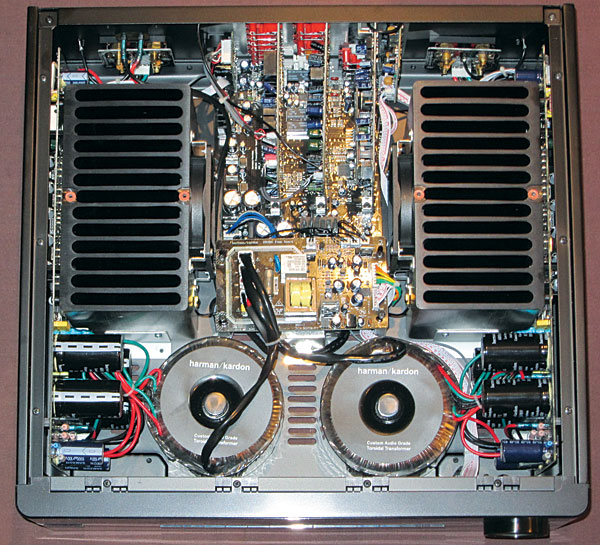| Columns Retired Columns & Blogs |
I have my Sony XA-5400ES hooked up to the Harmon Kardon HK 990 (now you know I am a certified fan of Mr Rubinson) of which the sound comes out from a pair of Revel Performa M20. I usually play the Sony through the XLR input and in Direct Path mode, rather than an optical input.
I am quite happy with the set up but now I need to replace the book shelf speakers with floor standing ones so my 3 year-old baby won't be knocking down the speakers onto her head. And I don't plan to use any sub-woofer.
I have narrowed the choice of floor standing speakers to:
1 Magneplanar 1.7; or
2 PSB Synchrony 2.
I have heard both speakers at two different dealers with different amps and cd player, but I have not been able to hear them at home with my HK990 and Sony XA-5400ES. The Synchrony 2 does everything very well, but it lacks the ribbon magic of the 1.7. I worry about 1.7's lack of bass, even though the HK 990 should be powerful enough. (I know a sub-woofer could be a solution to the bass deficiency of the 1.7, but I am NOT getting a sub-woofer.)
Any comment for my concern or suggestion for an alternative at a similar price range would be much appreciated.
.






































